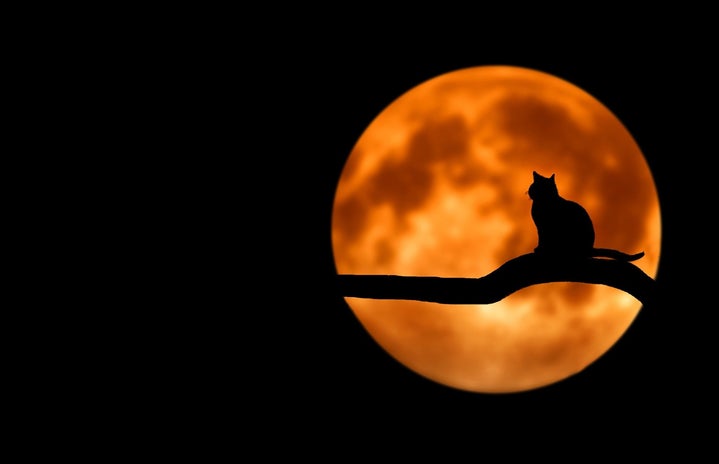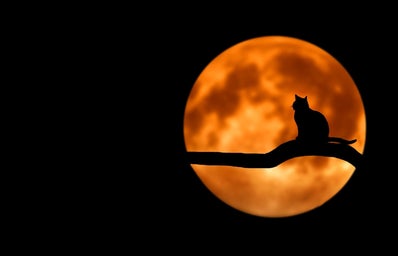Halloween is everyone’s favorite day to dress up, eat candy and tell scary stories around a fire. The holiday is a blast, and it has roots that are just as spooky as the day itself. Halloween originates from an ancient Pagan festival — Samhain.
Paganism, in simple terms, is an ancient nature-worshiping religion. On the land that is now Ireland, ancient Celtic Pagans held a religious festival known as Samhain (pronounced SAH-win) which took place every October 31st. The festival of Samhain was considered a celebration as it marked the start of the Pagan new year and welcomed a bountiful harvest at the end of the summer. There were a variety of ancient traditions for the day of the festival including seeing ghosts, dressing up in costumes, trick or treating and carving Jack O’ Lanterns.
It was believed that during Samhain the veil between worlds was so thin that some would spend the day trying to communicate with ancestors that had passed or attempting to predict the future through fortunetelling. The intensity of this day contributed to the idea that not only could ancestors come to the physical world, but so could forces of darkness. There are a few significant monsters who terrorized the earth during Samhain. There was believed to be a shape-shifting creature called Pukah that received harvest offerings left out by Pagans. There was a headless woman named Gwyn who dressed in all white with a black pig as her sidekick. She was known for chasing wanderers into the night, never to be seen again. The most classic of the monsters was a group of headless men on horses called the Dullahan. They carried their heads in hand and were considered a death omen to those who encountered them.
In order to protect themselves from this evil, Pagans built large fires to ask for the protection of the gods by the sacrifice of animal and sometimes human bones. These bone fires are how we got our modern word “bonfire,” which is not that important but is definitely a spooky Halloween fun fact. The heads and skins of these sacrificed animals are the origins of the most popular Halloween tradition: dressing up in costumes. People would disguise themselves so that they would not be terrorized by any earth-walking evil spirits that could be lurking on the supernatural day. Unlike the costumes we buy from Party City, Pagans made costumes out of animal heads and skins. They believed that by dressing up in the skins of those same animals whose bones were burned, the protection of the gods would be enhanced.
The tradition of trick or treating is just as popular as wearing costumes and is just as ancient too. During Samhain, Celtics attempted to appease spirits traveling the Earth by leaving out offerings. There were giant feasts thrown to celebrate the end of summer, and the food from these feasts was left out to placate the spirits. This is the very early origin of trick or treating; the exchange of treats to children wearing costumes became more traditional over time.
The classic Halloween festivity of carving Jack O’ Lanterns is based on the Celtic legend as well. The legend is of a man named stingy Jack who tried to make a deal with the devil, which was obviously not a good idea. Jack trapped the devil and made a deal that the devil would be set free if he promised to never send Jack to hell. When Jack did pass away, he found out that he could not get into heaven or hell, and his spirit was stuck roaming the Earth for eternity. The devil did give Jack a piece of burning coal in a carved-out turnip in place of a lantern. Pagan people began to carve scary faces into turnips to ward off the devil and the spirit of stingy Jack. Eventually, there was a shift from turnips to pumpkins, and today every house has a carved Jack O’ Lantern to decorate their front porch on Halloween.
So how did an ancient Pagan religious festival turn into a commercialized holiday? In the eighth century, Pope Gregory III wanted to Christianize the Pagan religion. So, he named November 1st as All Saints day, which came to incorporate some of the Samhain traditions. The night before All Saints day was granted the name All Hallows Eve or Halloween. The holiday as we know it came from the ancient Pagan traditions brought to America by Irish immigrants. The festivities will continue again this year, but hopefully your Halloween will not include any headless horsemen or haunted turnips!


